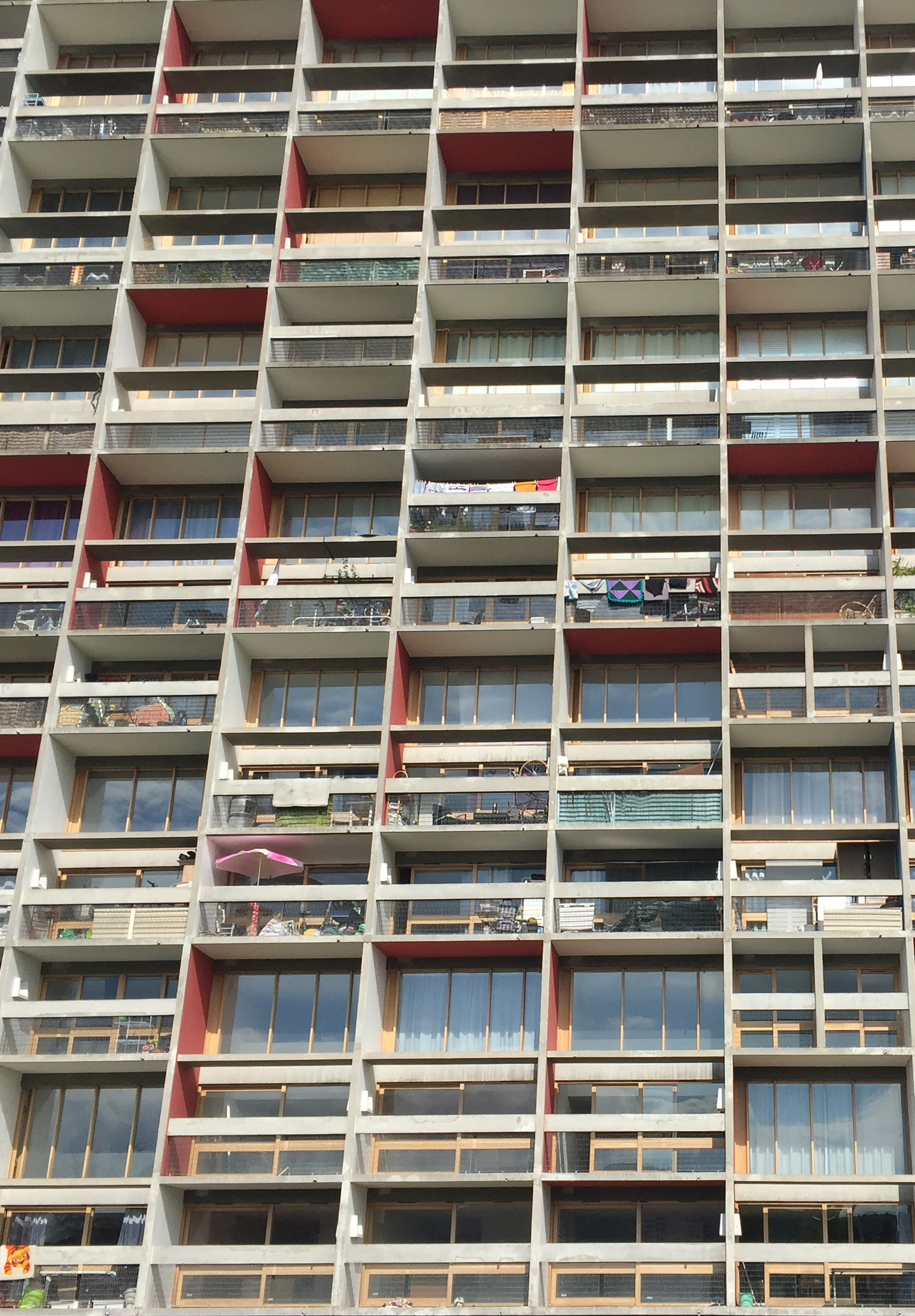รูปธรรมของแนวคิดกับการก่อรูปของสถาปัตยกรรม
Main Article Content
บทคัดย่อ
การออกแบบสถาปัตยกรรมนั้น จำเป็นที่จะต้องมีแนวคิดในการออกแบบ เพื่อกำหนดวัตถุประสงค์และใช้เป็นจุดเริ่มต้นกระบวนการออกแบบที่สามารถวัดผลสัมฤทธิ์ได้ เส้นทางจากแนวคิดจนถึงงานสถาปัตยกรรม จึงมีความสัมพันธ์ระหว่างสิ่งที่เป็นนามธรรม และสิ่งที่เป็นรูปธรรมซ่อนอยู่ ความสัมพันธ์นี้เป็นประเด็นสำคัญของการศึกษานี้ผ่านคำถามที่ว่า แนวคิดทางสถาปัตยกรรมถูกทำให้เกิดเป็นรูปธรรมในกระบวนการก่อรูปของสถาปัตยกรรมได้อย่างไร และมีสมมุติฐานของการศึกษาที่มุ่งไปสู่ความสัมพันธ์ระหว่าง“ความคิด” “การกระทำ” และ “ผลลัพธ์” ในกระบวนการทางการออกแบบสถาปัตยกรรม การก่อรูปของสถาปัตยกรรมจำเป็นที่จะต้องถูกเริ่มต้นด้วยแนวคิดในการออกแบบที่เป็นรูปธรรม และสามารถสร้างเงื่อนไขความสัมพันธ์ที่เป็นระบบระหว่างเหล่าองค์ประกอบทั้งหลายของสถาปัตยกรรม ดังนั้น การออกแบบสถาปัตยกรรมจึงเป็นกระบวนการทำงานที่เป็นแบบแผน มีขั้นตอน และมีลำดับขั้นของ “การกระทำ” ที่ตั้งอยู่บนตรรกะของเหล่าข้อเท็จจริง และหลักแนวคิดทางการออกแบบที่สัมพันธ์กับบริบทของโปรแกรมทางสถาปัตยกรรม โดย “ผลลัพธ์” ที่เกิดขึ้นจะต้องสามารถถูกวัดผลสัมฤทธิ์ทางการออกแบบได้อย่างชัดเจนตามวัตถุประสงค์ที่ถูกกำหนดขึ้นจาก “ความคิด” ของสถาปนิก รูปธรรมของแนวคิดทางสถาปัตยกรรม จึงแสดงออกผ่านพฤติกรรมของ “การกระทำ” บนกระบวนการออกแบบอย่างมีเงื่อนไขของสถาปนิก และสามารถแสดงออกผ่านคุณภาพของพื้นที่ทางสถาปัตยกรรมได้ ทำให้ความสัมพันธ์ระหว่างแนวคิดในการออกแบบกับการก่อรูปของสถาปัตยกรรมจึงเป็น “รูปธรรมของการกระทำที่มีความชอบธรรม!”
Article Details
เอกสารอ้างอิง
Arnheim, R. (1986). The dynamics of architectural form. Liege: Pierre Mardaga.
Cohen, B. (2002). The experimental anatomy of body-mine centering. Brussels: Contredanse.
Le Corbusier. (1995). Towards a new architecture. Paris: Flammarion.
Le Corbusier. (2000). Le Modulor. Berlin: Birkhäuser.
Norberg-Schulz, C. (1997). The art of places. Paris: Moniteur.
Ragot, G. (2011). Le Corbusier at Firminy-Vert, manifestation for an modern urban planning. Paris: Patrimoine.
Tixier, N. (2001). The morphology and dynamic of physical ambiances. (Doctoral dissertation). Nantes: Université de Nantes.
Tschumi, B. (1994). The Manhattan transcripts. London: Academy Editions.
Wotton, H. (1624). The elements of architecture. London: John Bill.


